It’s a great backstory. He’s the boy from Wagga Wagga, first son of a family of five kids. Educated in the local Catholic school system, he joined the Reserve Bank of Australia in 1980 immediately after finishing school. He initially undertook clerical tasks.
He studied for his economics/econometrics degree part-time and ended up top of the class at the University of New South Wales. The clerical tasks were replaced by research related to central banking.
He was then generously sponsored to undertake a PhD at the Massachusetts Institute of Technology under the supervision of none other than Professor Paul Krugman. (I have written about this partisan economist/columnist in these pages – there has never been a decision taken by a Democrat government in the States that he doesn’t love.)
He returned to the RBA, working in the traditional governor-track positions, and was appointed Governor of the Reserve Bank in 2016. It comes with a remuneration of over $1 million per year – the sum had been seriously pumped up for the previous governor – and the mother of all superannuation schemes. Not bad for the boy from Wagga Wagga.
Apart from a brief stint overseas in a central banking-related job, he has never worked anywhere other than the RBA. Daily trips on the bus back and forward from the eastern suburbs to the superbly located RBA building – it’s in Martin Place in central Sydney – as well as the occasional excursion to Wagga Wagga: what’s not to love? I should also mention the multiple overseas trips to meet up with other central bankers as well as the occasional unpleasant excursion to Canberra to be grilled by parliamentarians.
Don’t get me wrong here. I’m not really picking on Phil Lowe. If I told you the stories about most of the senior staff of the RBA now and in the past, they aren’t too different. Solid economics degree, graduate positions at the bank, steady progression – no need to leave the place, no need to find out how the outside world works.
But here’s the thing. Lowe has deviated from previous governors in his tendency to stray from his narrow central bank responsibilities and to voice opinions on all manner of topics. It’s easy to get the impression that he hasn’t really had enough to do given the multiple speeches he gives – as long as they are not scheduled for the blackout period around the RBA’s monthly meetings. The fact that the cash rate was often not changed for month upon month upon month underscores this point while he was mostly missing his principal KPI of getting inflation within a 2 to 3 per cent target.
By and large, these speeches contain sound and sensible observations on the Australian and global economy. The underutilised research staff are dab hands at constructing charts and tables for the governor to beam up at his presentations. The real problem arises from the Q&A sessions after the formal speech. Now a more cautious central bank head would simply say ‘no questions’ but this is not the Lowe way.
It is during these Q&A sessions that we hear all sorts of gratuitous opinions of the governor – from infrastructure to immigration, from wages to climate change. At one stage, he declared that he wouldn’t want immigration cut back because of its effect on innovation. Mind you, he gave no evidence that our high immigration intakes have boosted innovation, or productivity for that matter.
For a long time, he implied that the RBA had a wage growth target – it has no such thing, just an inflation target agreed with the Treasurer – and kept telling everyone that he wanted to see a 3 in front of wage growth, at the least. Mind you, the minute that inflation starting getting out of control, he turned on a dime and began warning about excessive wage claims and the dangers of setting off a wage-price spiral.
At the most recent parliamentary hearing attended by the governor, he expressed the view that taxes would have to rise. ‘The community wants the government to provide a whole range of services, understandably. You can raise more taxes to pay for the things the community wants.’ For someone with a strong economics education, it is astounding that he doesn’t seem to understand the difference between want and need. (The fact that I want French champagne every day doesn’t mean I need it.)
Notwithstanding the fact that the RBA has a very limited range of tools to use to fulfil its legislated objectives – adjusting the cash rate, quantitative easing/tightening through the bond market and forward guidance – Lowe has been keen to expand into new areas. He decided that financial stability should be within the RBA’s remit even though this is really the role of the Australian Prudential Regulation Authority and he has also decided that climate change should be a consideration for the RBA’s deliberations.
Former deputy governor, Guy Debelle, who now works for Twiggy Forrest, took a particular interest in climate change matters, giving speeches that could easily be converted to a TED presentation. But here’s the key question: how precisely does climate change affect the operation of monetary policy? Do we expect interest rates to be higher or lower? Neither Lowe nor Debelle (or any other central banker) has ever answered that question.
Then we come to forward guidance where, let’s face it, Lowe stumbled very badly for a million-dollar man. He kept telling us that we should not expect the cash rate to be raised until 2024. He now claims that he didn’t really say that – sure, Phil – or that he was taken out of context. He wasn’t really promising that outcome and people shouldn’t have gone out and borrowed big time on the basis of this pledge which wasn’t really a pledge.
But here’s the real kicker in all of this. By buying bonds at ridiculously low yields – and not just government bonds but bonds issued by the banks – the Reserve Bank is now facing a massive annual loss of $37 billion with possible total losses close to $70 billion. There will be no RBA dividends for the government for many years to come; indeed, the government may have to recapitalise the bank at some stage.
If there’s a lesson for Phil, it’s to stick to your knitting and to stay mum as much as possible.
Got something to add? Join the discussion and comment below.
Get 10 issues for just $10
Subscribe to The Spectator Australia today for the next 10 magazine issues, plus full online access, for just $10.
You might disagree with half of it, but you’ll enjoy reading all of it. Try your first month for free, then just $2 a week for the remainder of your first year.

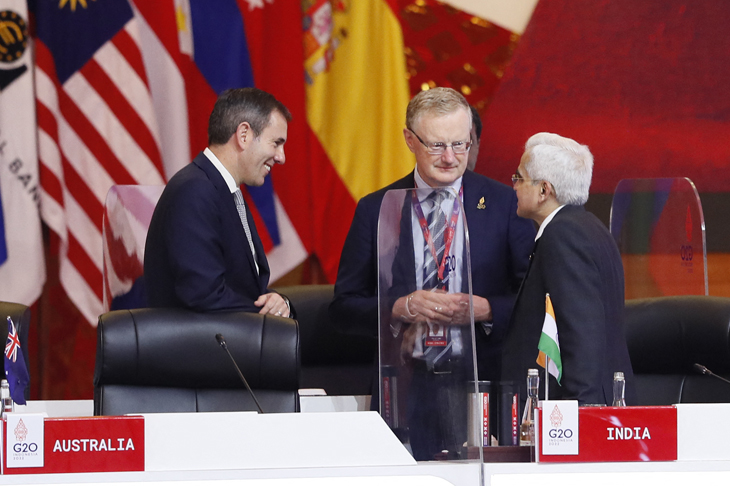


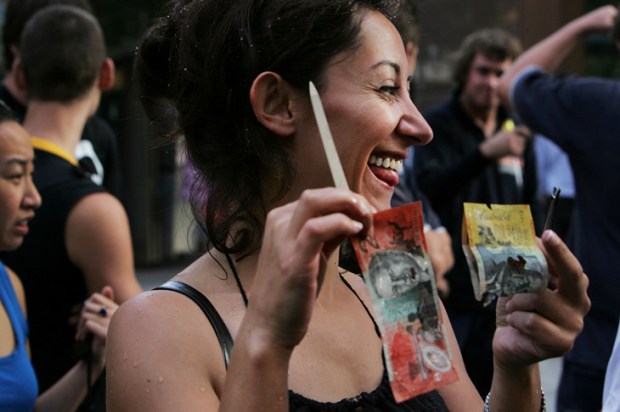
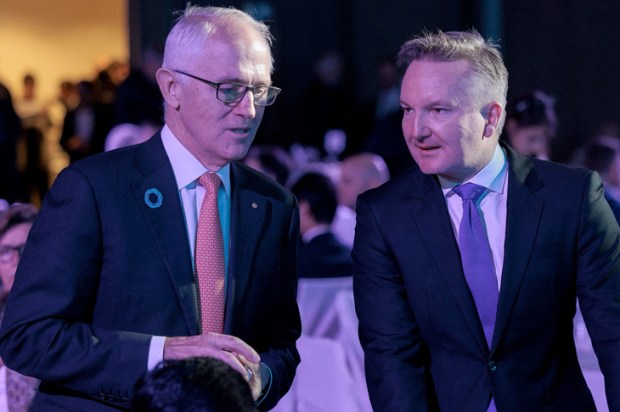
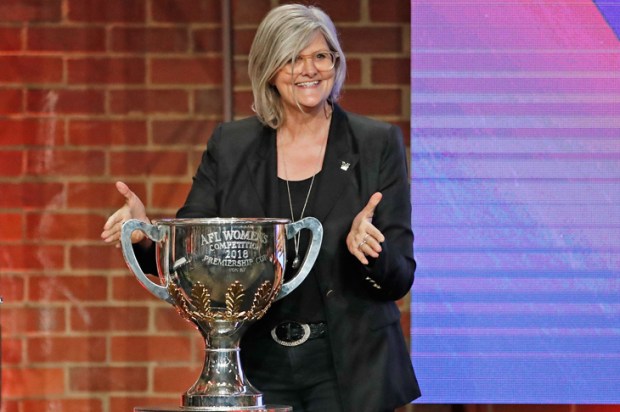
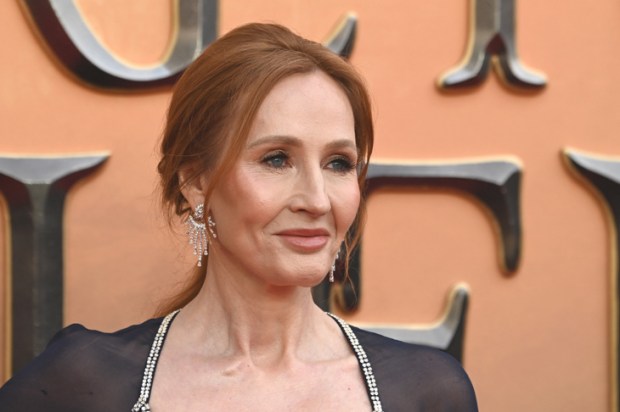






Comments
Don't miss out
Join the conversation with other Spectator Australia readers. Subscribe to leave a comment.
SUBSCRIBEAlready a subscriber? Log in